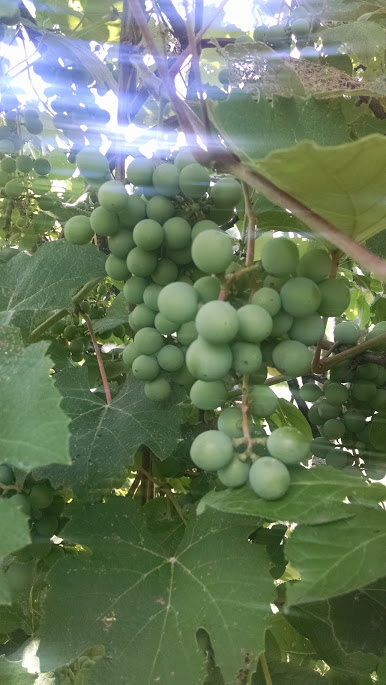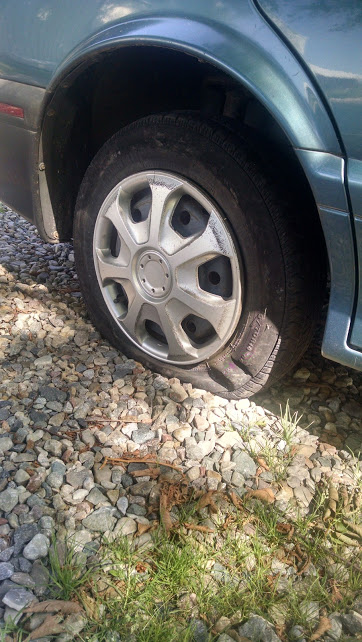Water Heater Hacks
When we moved into our present home, there was no working water heater. We happened to still have a 80-gallon electric commercial water left from our last business. We like to use what we, have so we installed it. I had already been looking for ways to save on our electric bill and I knew that this water heater, being so large, would cost more money to keep at a constant temperature. So we did an experiment.
We turned it on until the temperature reached 140 degrees Fahrenheit out of the faucet. Then we turned it off by turning off the breaker (much harder to do with a propane water heater; it may not be worth it because propane is more efficient, and it could be dangerous if you’re not familiar with lighting procedures and turning off the gas). After turning it off, we kept track of how long our hot water lasted. Depending on the day and usage, we could get 2-3 days out of turning it on for three hours. In three hours, the tank temperature reached 140 degrees. The water gradually cooled, but I didn’t need 140 degree water ALL THE TIME. This method still works well for us, and now we do it regularly.
I thought turning our water heater on and off was quite extreme (like, none of my friends do this!) when the following happened...
A Light Bulb Moment
I was watering flowers in a near drought one day, when I had to wait for cold water because the water out of the hose was so stinking hot. At the same time, I was waiting till off peak hours to turn the water heater on so I could do my dishes (didn’t quite get it done before 11:00 am). And it hit me! I could use this hot water to do my dishes…. this free hot water! And by hot I mean HOT. Getting out my thermometer I measure that water at 135 degrees F, hotter than most people set their water heaters at. What else could I use this water for?
Boy #3 was thinking the same thing a few hours later, because the next time I looked out the window I saw him with some shampoo and the hose over his head. The problem was that the water was too hot, then instantly too cold. Not to mention, holding the shampoo and the hose while trying to wash your hair was a bit hard.
Just for fun, we measured the temperature at different times of day, calculated how many gallons we got from 320 feet of hose. In 3 - 4 hrs. (summer time) we can get at least 4 gallons of 140 degree water* to use for our shower. We decided that if it was a hotter day, we could add some cold water to get the temperature we wanted. We thought up different ways we could make a shower, and then consulted Youtube searching for outdoor showers. A couple of Youtube videos later, we had put together our own version using what we had around the house.
First, we found a clean five gallon bucket (this one might have held paint at one time). We took a rope and attached it to the bucket handle. Boy #3 added a clip to the end of the rope. Ruining a few buckets by making too many holes, we finally drilled just 10 holes in the bottom of a bucket and found that each gallon gives us one minute of shower time.
Are we going to do this all the time? No. Will you see my family in a line outside on Sunday morning waiting their turn for a shower by the tree? No. Does it gives us more choices? Yes, it does. Have my children learned a new way of doing something? Yes, they have! And boy, was it fun working together on this project!
Other Heat-Saving Tips
Speaking of showers – a person can take a cold shower instead of a hot one. I read about the health benefits of cold showers** in Tim Ferris’s book, The Four Hour Body. I tried it….once. I don’t know if I felt healthier, but I did feel more confident. (Like, if I can do this, I can do anything).
Lastly, go south in the winter to a warmer climate. Seriously, we’ve done this. Sometimes you can rent a home or condo (with utilities included) for less than the cost of utilities (fuel oil or propane and electricity) during the winter months in colder parts of the country. As more jobs become location independent, this may work you.
Next Steps
What is next for us? My husband has started to become interested in a solar hot water system and penciled out a plan to heat water using the sun, through a series of hoses connected to our hot water heater. I’m very excited about this, as I’ve read that solar hot water systems cost around $5,000 and almost eliminate the need to pay for hot water. I am interested to see how this works with our mid-west winters.
Next time we’ll talk about extreme cooling!
*A note of caution: Legionaries disease is a rare type of pneumonia that can infect immune suppressed people, and is often linked to water. In my research, I’ve learned the bacteria Legionella is found in warm stagnant water (that is, water that has been sitting for days on end). The bacteria are dormant below 68 degrees and do not survive above 140°C. I don’t worry about the legionella bacteria, as our water is being constantly moved. We kill any bacteria by heating the hot water system to 140 degrees at least once a week and we are all pretty healthy. But as with everything you read, you should do your own research and decide what will work best for your family.
**Note from Bethany: I, too, have read and experienced the fact that hot water dries out your skin. In addition, it is recommend that curly- or wavy-haired people at least rinse (if not wash) their hair in cool water because it helps keep the curls tight and prevent them from getting frizzy.


























 RSS Feed
RSS Feed





